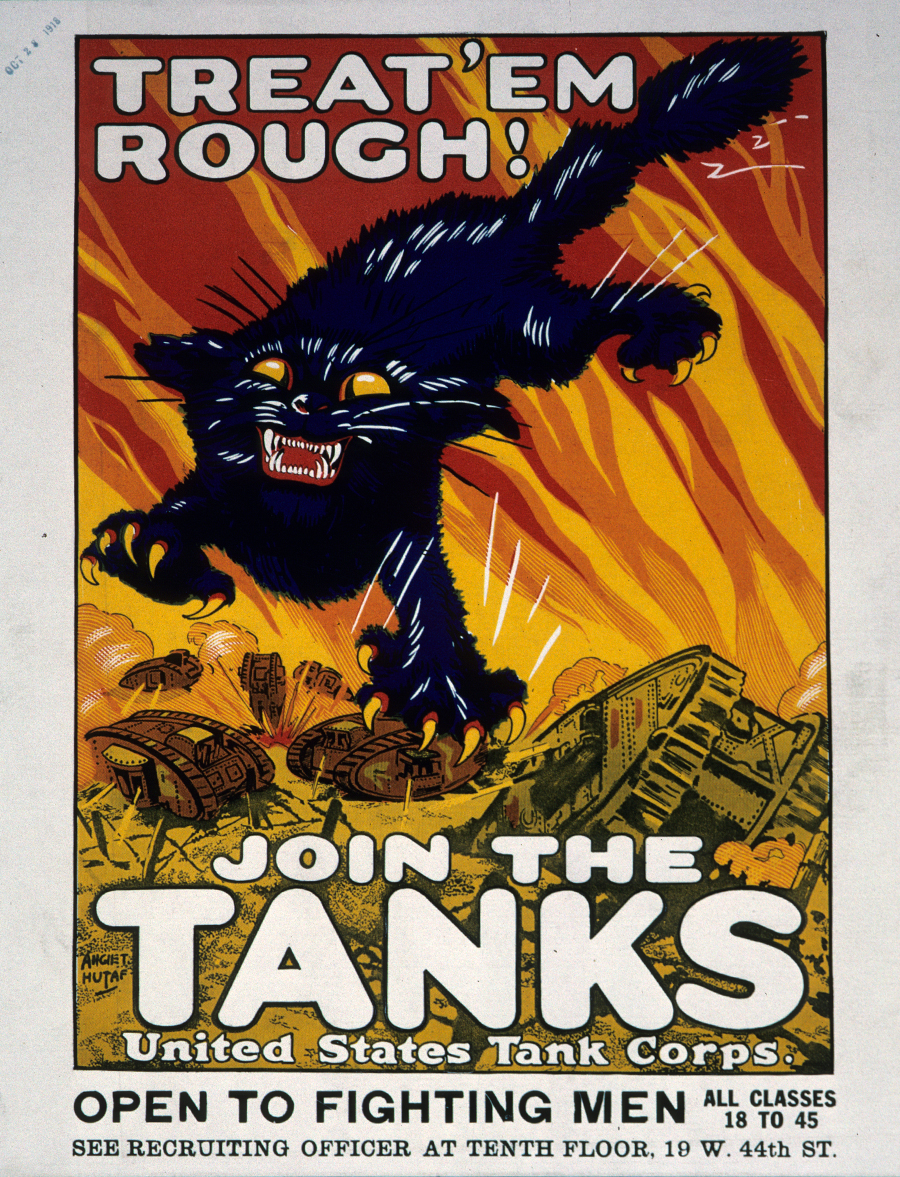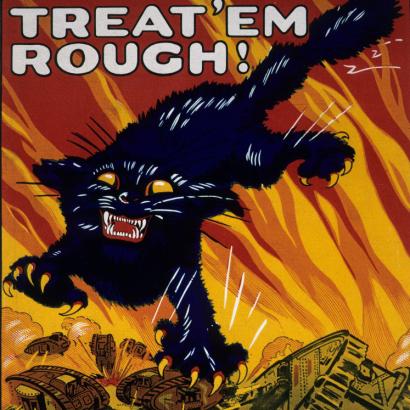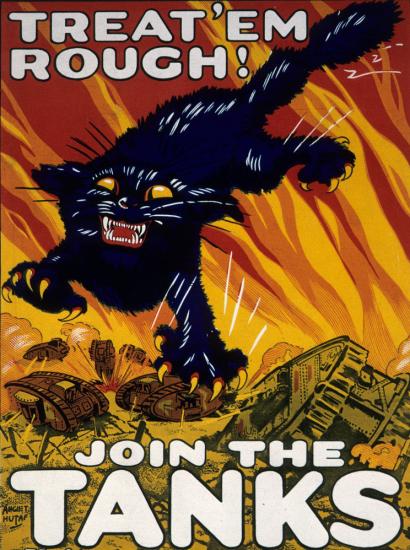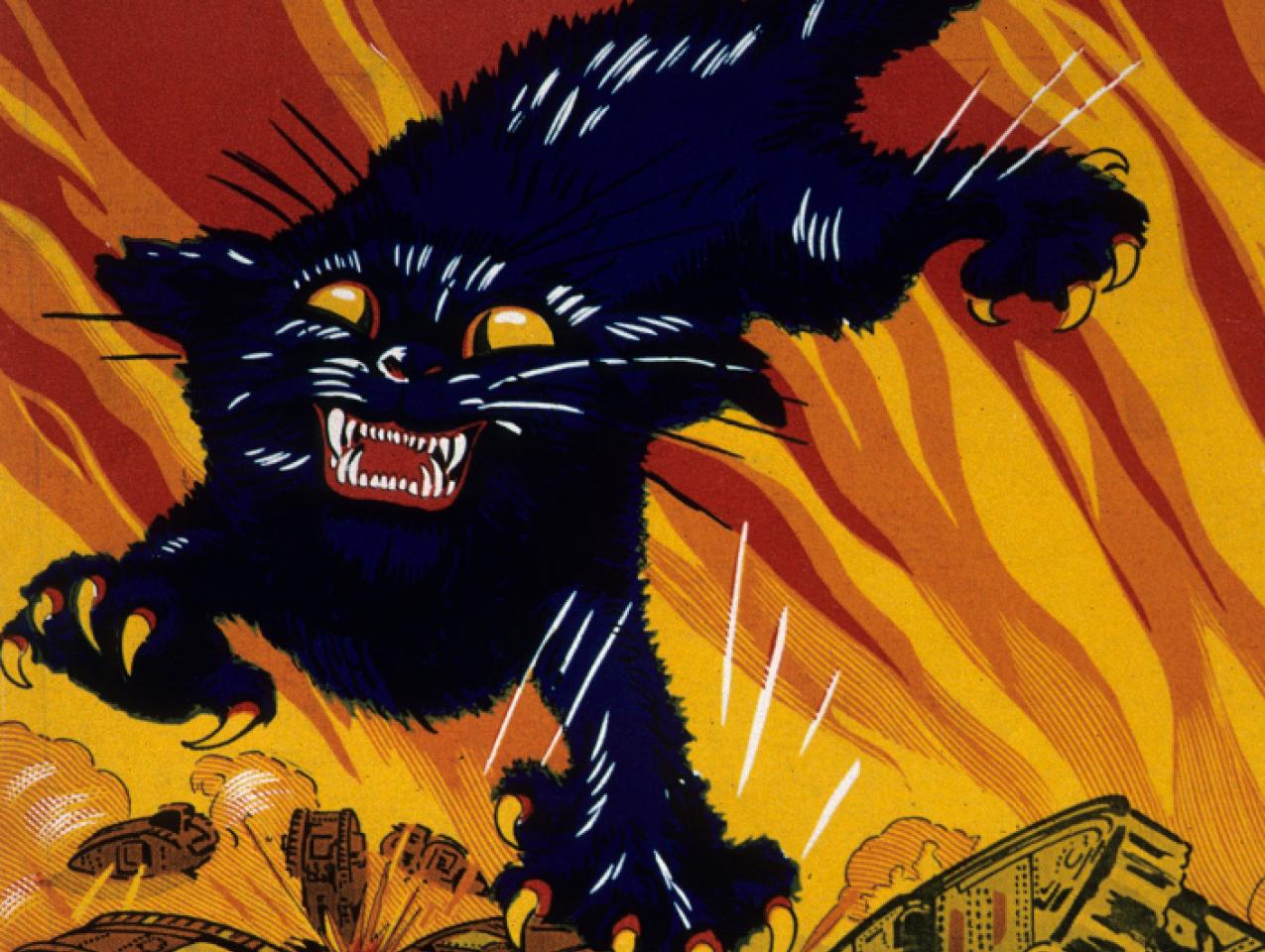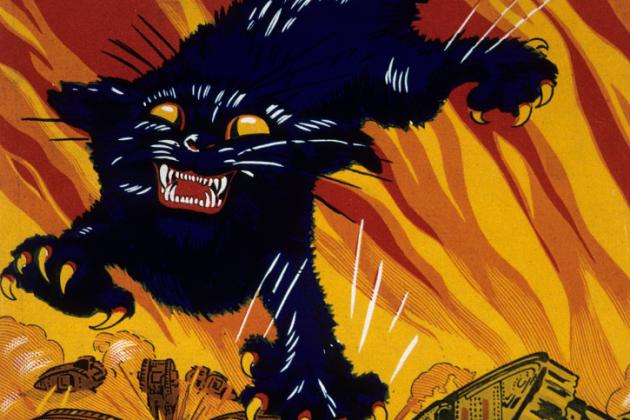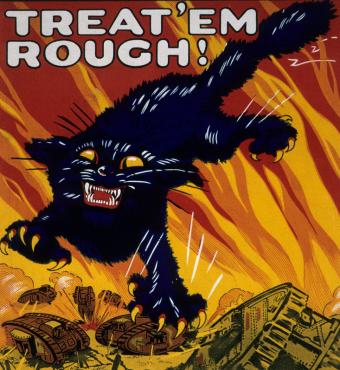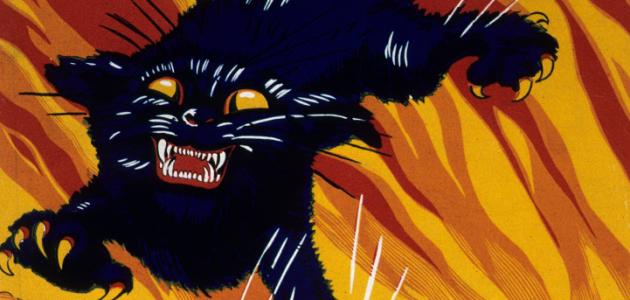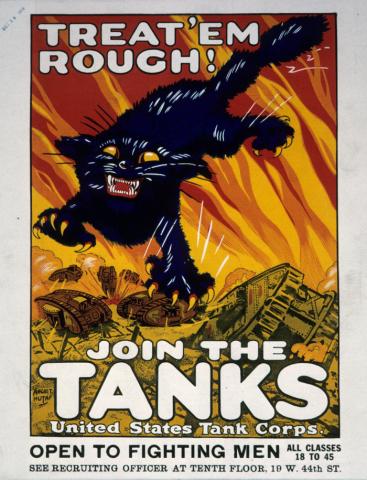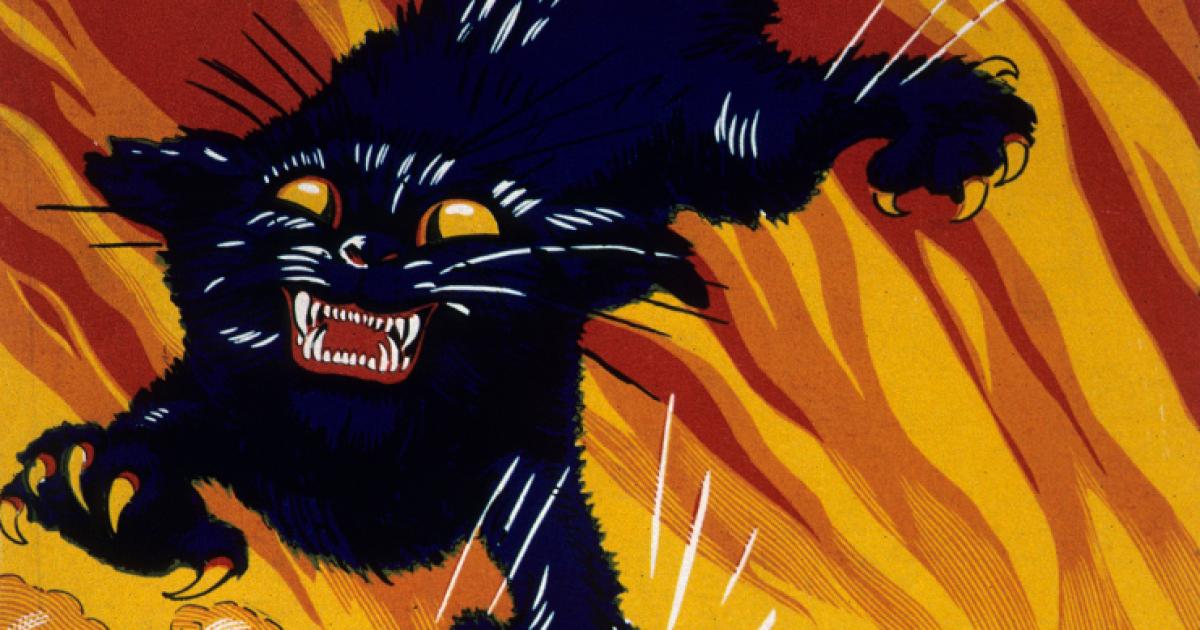- History
- Revitalizing History
“If it takes a toothpick, use a baseball bat.”
—Major General Ernest Harmon, “Notes on Combat Actions in Tunisia and North Africa,” 1944
As the character “Sgt. Oddball” (played by Donald Southerland) told the character “Pvt. Kelly” (played by Clint Eastwood) in the film comedy Kelly’s Heroes (1970), tanks “can give you a nice edge.” Tanks provide maneuver forces with mobile protected firepower, an essential element of close combat overmatch. Overmatch in combat derives from the combination of capabilities that prevent enemy organizations from successfully using their weapons or employing their tactics while enabling friendly forces to gain and maintain freedom of action and maneuver. The tank’s precision firepower can overwhelm the enemy and create opportunities to maneuver. The tank’s protection allows it to take the brunt of the battle, survive attacks by a wide range of weapons, and help more-vulnerable infantry cross danger areas, close with the enemy, and deploy from positions of advantage. The tank’s mobility allows armored forces to gain temporal and psychological as well as physical advantages over the enemy by striking the enemy from unexpected directions and rapidly exploiting weaknesses either detected through effective reconnaissance or created through the combination of indirect and direct fires in close combat. It is important to remember that the tank was designed to defeat the machine gun and restore mobility to the World War I battlefield. Without tanks, even the most modernized land forces are consigned to reenact the stalemate and battlefield carnage of the Western Front. Since World War I, the tank has been and remains essential to effective combined arms, air-ground operations.
Some observers argued that the large numbers of tanks destroyed by Ukrainian defenders during the failed Russian assault in the spring of 2022 augured the twilight of the tank. But Russian ineptitude in combined arms operations and deficiencies in reconnaissance explains the heavy losses they sustained. Combined arms operations are analogous to the children’s game of rock, paper, scissors. In close combat, fires, mobile protected firepower, and infantry must be employed in ways to present the enemy with multiple types of attack simultaneously or in quick succession such that the enemy, in responding to one threat becomes vulnerable to another. For instance, as an enemy disperses and seeks cover in response to the “rock” of artillery, rocket, or aerial fires, he becomes vulnerable to the “paper” of a rapid armored penetration that places assets of value at risk (e.g., command posts, logistics bases, or artillery formations). As the enemy concentrates or maneuvers to protect those assets he becomes vulnerable to the “scissors” of infantry ambushes and fires protecting the salient as the “rock” (i.e., armored forces) continues to roll forward and wreak havoc in the enemy’s rear. No single arm is decisive; competent commanders employ all arms in ways that magnify their individual strengths and compensate for their weaknesses. The Russians displayed ineptitude in combined arms operations as well as an inability to conduct effective reconnaissance. Instead of making contact with Ukrainian defenders on their own terms, they blundered into prepared anti-armor ambushes and did not have sufficient numbers of trained infantry to secure choke points in urban and restrictive terrain.
Others have assumed that the “pivot to Asia” and the growth of precision long range fires have rendered not only the tank, but also close combat itself unnecessary in future wars. The United States Marine Corps (USMC), zealously embracing that assumption, has divested its tanks in favor of long-range missiles. But the war in Ukraine reveals that wars are still decided on land because people live there and winning in war requires control over territory and populations to achieve a sustainable political outcome. Moreover, technological countermeasures such as GPS jamming, counter-satellite, offensive cyber, and electromagnetic warfare capabilities as well as tactical countermeasures, such as dispersion, concealment, and deception, limit the effectiveness of precision fires. Ukrainians are incorporating tiered and layered air defenses that permit them to shoot down the “arrows” (i.e., Russian missiles and drones) as well as strike the “archers” (i.e., Russian launchers). Cover—protection from enemy fire provided by materials such as steel, concrete, water, packed earth, and thick wood—limits the effectiveness of massed artillery fires such that close combat is necessary to dislodge a defending enemy. For example, by the winter of 2023, the Ukrainian city of Bakhmut was in rubble, but Russian infantry continued to impale themselves on Ukrainian defenses in World War I style assaults. Unsupported by armor, the Russians traded thousands of casualties for hundreds of meters of ground. Given the Russian experience, the USMC might want to reconsider its force design lest it be consigned to reenacting the 1918 Battle of Belleau Wood.
The best argument for the tank may be to consider what combat experience looks like without well trained, capable armored forces. Armored forces take far less casualties than forces without armored protection. That was the conclusion of the U.S. Army’s exhaustive 2018 study of the Russian invasion of eastern Ukraine in 2014. Then, as in the intense combat that Ukraine has experienced since the re-invasion in February 2022, most casualties have been from shrapnel wounds inflicted on soldiers in unprotected vehicles. It may be possible for close combat formations unsupported by tanks to win battles. But they would win those battles at an exorbitant cost and be unable to convert tactical success into operational success and strategic decision through sustained offensive operations. Armored forces are essential to close combat overmatch and the ability to achieve lopsided victories through seizing and exploiting the initiative over the enemy. Winning without tanks means a fair fight. And even winning a fair fight in combat is an ugly proposition.
H.R. McMaster commanded the U.S. Army Maneuver Center of Excellence and armored cavalry formations at the troop, squadron, and regimental levels.







